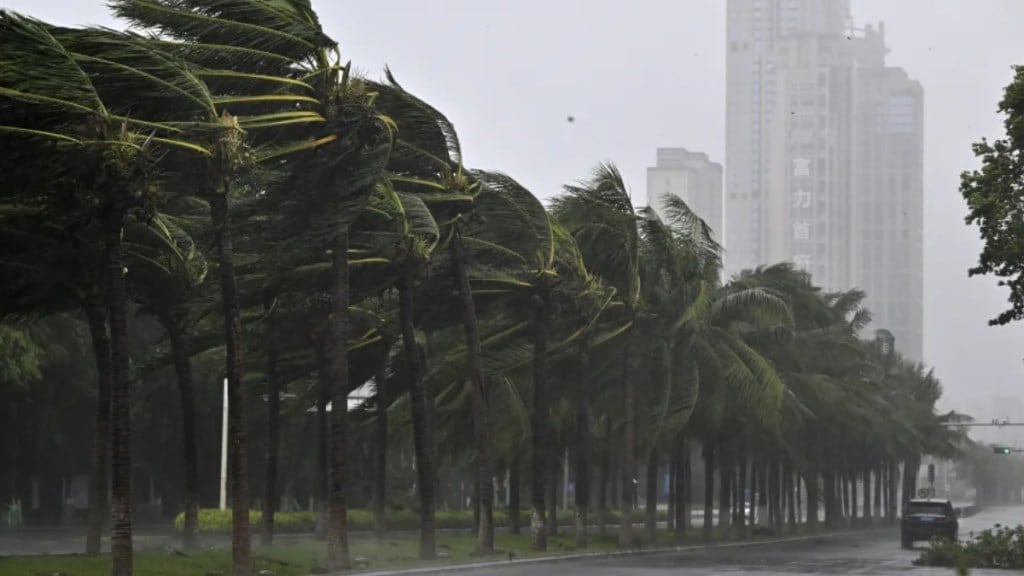Vietnam’s capital, Hanoi, evacuated thousands of residents near the swollen Red River as water levels surged to a 20-year high. Streets were flooded in the aftermath of Typhoon Yagi, which struck the country’s north and has left at least 179 people dead.
Typhoon Yagi, Asia’s most powerful storm this year, brought fierce winds and heavy rains when it made landfall on Saturday, devastating provinces along the Red River. The storm caused the collapse of a bridge and triggered widespread flooding, as per Reuters.
“My home is now part of the river,” said Nguyen Van Hung, 56, a resident living near the Red River.
Across Vietnam, the typhoon, combined with landslides and flooding, has resulted in 179 confirmed deaths, with 145 people still missing, according to government estimates.
Vietnam’s state-run utility, EVN, announced it had cut power to several flooded areas in Hanoi for safety reasons. Mai Van Khiem, director of the National Center for Hydro-Meteorological Forecasting, reported that the Red River is now at its highest level in two decades, and further rain is expected over the next 48 hours.
Some schools in the capital have closed for the rest of the week, and thousands of residents from low-lying areas have been evacuated. The Blue Dragon Children’s Foundation, a charity based in Hanoi, also evacuated its office, expressing concern for families living in makeshift housing near the river.
EVN halted water discharges from the Hoa Binh hydropower dam, Vietnam’s second-largest dam in the north, to reduce water flow into the Red River tributary, the Da River.
Concerns were raised by Vietnamese authorities over Chinese hydropower plants discharging water into another Red River tributary, the Lo River, known as Panlongjiang in China. Beijing assured cooperation on flood prevention between the two nations.
Impact on factories and global supply chains
Typhoon Yagi has devastated export-driven industrial zones near Hanoi, forcing factories to shut down and warehouses to flood. Some of these facilities are expected to remain closed for weeks, disrupting global supply chains. Vietnam is home to several multinational corporations that export to the U.S., Europe, and other developed nations.
Elsewhere in northern provinces, landslides caused by severe flooding have killed dozens.
Nguyen Duc Tam, a resident of Thai Nguyen, a city about 60 kilometres from Hanoi, described the situation: “The first floor of my house is completely submerged, and now we have no fresh water or electricity.”
Another resident, Hoang Hai Luan, 30, said, “I haven’t seen flooding like this in over 20 years. All of my belongings are likely destroyed.”
Among the industrial facilities in the area is a major plant owned by Samsung Electronics, which produces half of its global smartphone output in Vietnam.

